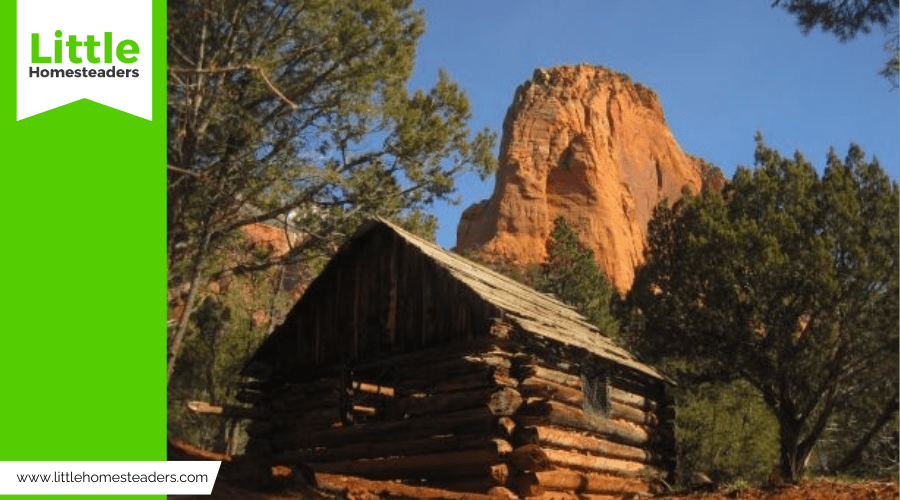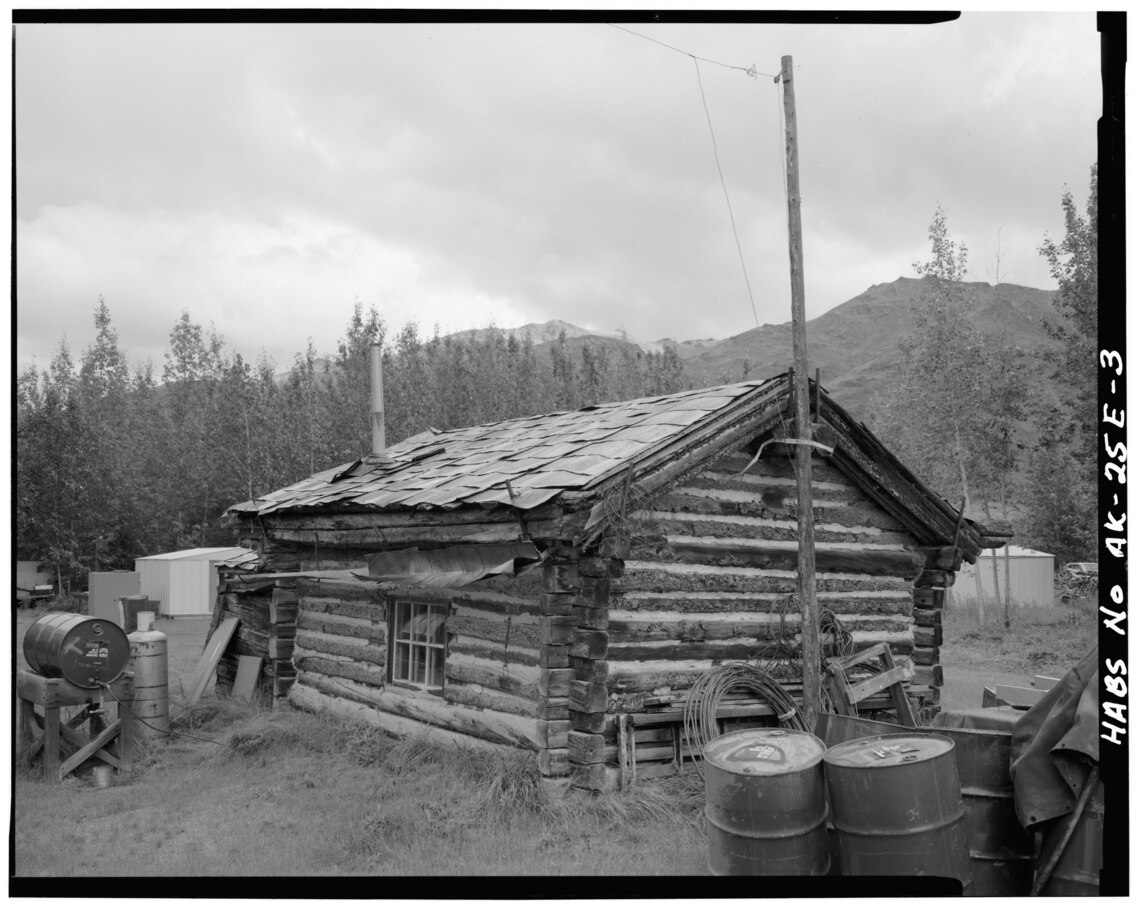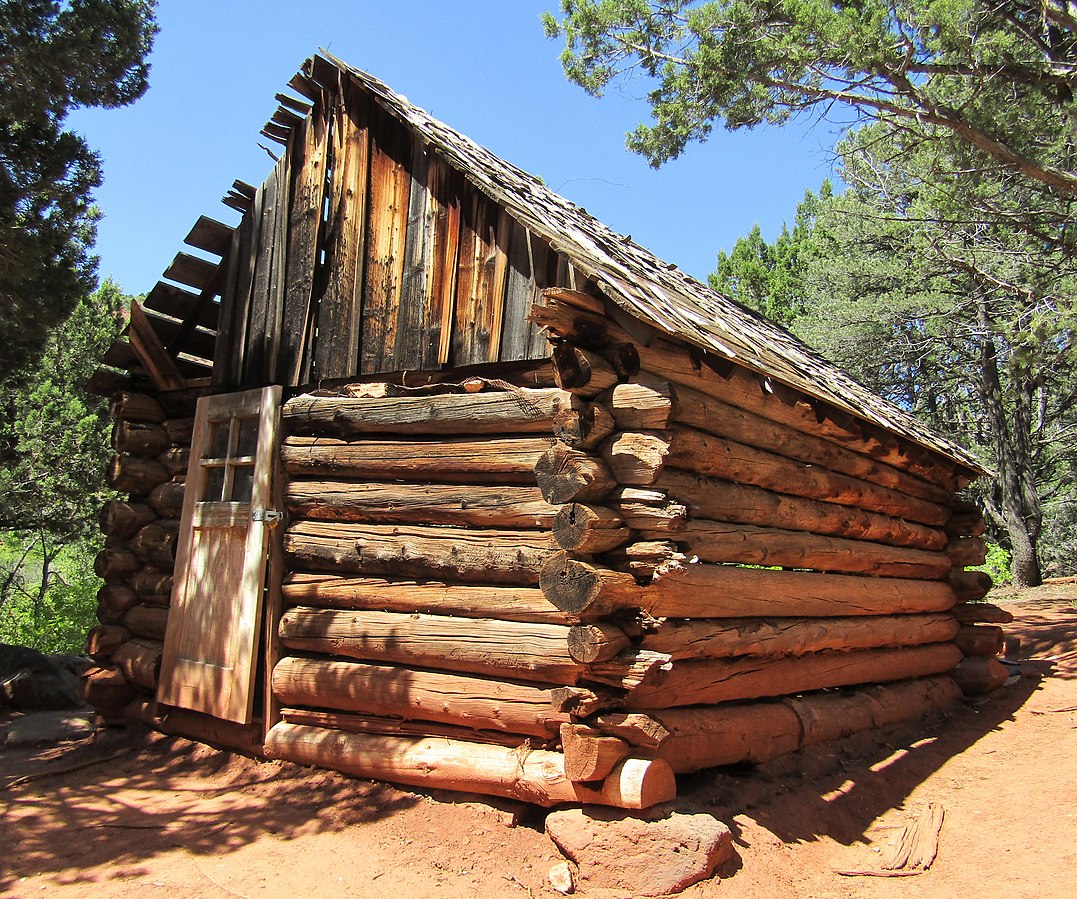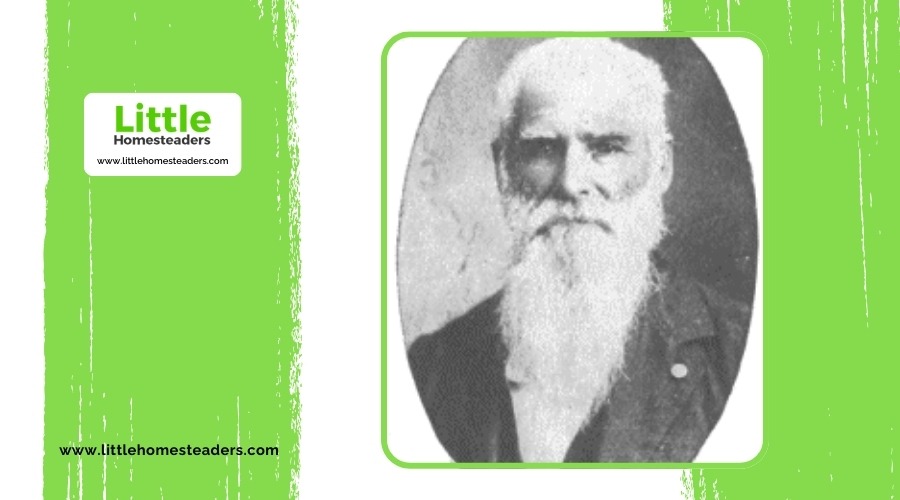Exploring the Historic Larson Homestead

In Utah’s Kolob Canyons, a small, weathered cabin tells a big story. Built in 1931, the Larson Homestead is a slice of history that takes us back to the grit and determination of early settlers. Perched 5,645 feet above sea level, this cabin shows what it took to carve out a life in the wilderness. Today, it’s a preserved treasure in Zion National Park, waiting for visitors to explore its history and beauty.
The Origins and History of the Larson Homestead
The story of the Larson Homestead begins in 1927 when Gustive O. Larson, a Utah native with Swedish roots, moved to Cedar City to teach at the LDS Seminary. Larson quickly became part of the community, teaching college-level courses at the Branch Agricultural College (now Southern Utah University) and forming a friendship with Arthur R. Fife, a geologist and city engineer. Together, they explored the mountains near Cedar City, laying the groundwork for their homesteading ambitions.
In the spring of 1930, Fife introduced Larson to the Dry Creek area, now called Taylor Creek, near Kolob Peaks. Though the land was unsurveyed government property, its potential for settlement inspired them to stake claims. Larson chose a site two miles up the creek, while Fife located his cabin a mile farther upstream. By the summer of 1931, they had built their cabins using logs cut in the canyon, caulked with sand plaster, and topped with wood shingles hauled from Cedar City. Even the cast iron stove was transported with great effort on a horse-drawn sled.
Homesteading was no small feat. Larson and Fife worked tirelessly to fence their claims, prepare the land for cultivation, and build a livable space in the wilderness. Their families occasionally joined them, enjoying horseback rides and exploring the rugged terrain. Despite these efforts, homesteading came with its challenges. In 1932, the government officially surveyed the area and withdrew it from future settlement, marking the end of new homesteading claims.
Fife left the venture in 1934 to work for the Department of the Interior, but Larson persisted. Even after being called to serve as President of the LDS Swedish Mission in 1936, Larson remained connected to the land. However, in 1937, the establishment of Kolob National Monument officially ended his claim. His appeals to the Department of the Interior were unsuccessful, and by 1941, Larson’s homesteading journey had come to a close.
Building the Cabin

Constructing a cabin in such a remote spot required resourcefulness and determination. Larson and Fife hauled logs and supplies from Cedar City to Dry Creek, navigating rough terrain with horse-drawn sleds. The 12x24-foot cabin featured wood shingles, a sand-plastered finish for insulation, and a cast iron stove for warmth. Its design was practical, built to endure the harsh conditions of the Kolob wilderness.
Today, reaching the cabin gives visitors a sense of the hard work involved. Start by driving 1.9 miles up Kolob Canyons Scenic Drive to the Taylor Creek trailhead. From there, hike 1.2 miles and cross Taylor Creek 16 times. Along the way, you’ll be surrounded by breathtaking views—towering cliffs, lush greenery, and the sound of flowing water. The journey connects you to the challenges Larson and Fife faced nearly a century ago.
Getting to Larson’s Cabin
Getting to the Larson Homestead involves a mix of scenic driving and invigorating hiking. Begin your journey by taking I-15 to Exit 40 and stopping at the Kolob Canyons Visitor Center. From there, drive 1.9 miles up the Kolob Canyons Scenic Drive until you reach the Taylor Creek Trailhead on the left (east) side of the road.
The hike starts with a descent down log steps to Taylor Creek. Turn right and follow the well-worn trail upstream along the Middle Fork. Over the next 1.2 miles, you’ll cross Taylor Creek 16 times. The trail winds through a gorgeous landscape of red rock cliffs, shady groves, and clear streams. Just before the confluence of the North Fork and Middle Fork of Taylor Creek, you’ll find a spur trail on the left (north) that leads a short distance to the cabin. The hike ends at an elevation of 5,645 feet, where the historic structure stands as a reminder of pioneer resilience and ingenuity.
Life in Dry Creek
Life in Dry Creek was defined by resilience. The harsh weather, isolation, and rugged terrain tested Larson and Fife daily. Yet, they worked diligently to fence their claims, prepare the land, and create a livable home. Each task demanded ingenuity and perseverance.
Despite their efforts, government policies ultimately reshaped their plans. When the area was surveyed and closed to new settlement in 1932, it marked the beginning of the end for Larson’s homesteading venture. Fife’s departure in 1934 left Larson to continue alone, balancing his love for the land with the demands of his teaching career and family life.
Gustive O. Larson: A Remarkable Life
Born in 1897 in Holladay, Utah, to Swedish immigrants, Gustive O. Larson exemplified the pioneering spirit. After earning a degree in History from the University of Utah in 1920, he embarked on a career in education and served a three-year mission in California and Arizona. In 1926, he married Virginia Bean, and the couple settled in Cedar City, where Larson became the first director of an LDS Institute of Religion.
Larson’s passion for education and history continued throughout his life. From 1954 to 1972, he taught at Brigham Young University, specializing in religion and history. His contributions to Mormon studies and cultural preservation earned him an honorary doctorate in 1974. Larson passed away in 1978, leaving a legacy of scholarship and a preserved piece of history in Kolob Canyons.
Kolob Becomes a National Monument

Image: Ben P L, Larson Cabin (34838360376), CC BY-SA 2.0
By the 1930s, Kolob Canyons’ dramatic landscapes were catching the eye of conservationists. In 1937, the region became Kolob National Monument, ensuring its protection. This shift transformed the land’s purpose from private homesteading to public enjoyment.
The Cedar City community played a big role in this change. Local leaders promoted road projects to improve access and boost tourism, helping the monument’s creation. Later, in 1956, Kolob became part of Zion National Park. For Larson, though, this meant losing his homesteading claim in 1940 due to residency rules.
A Cabin Worth Preserving
Even though Larson’s homesteading efforts ended, his cabin remains a vital piece of history. The National Park Service has worked to keep it intact, preserving its role as a reminder of the grit and ingenuity of early settlers.
Visiting the cabin today is a journey through both time and nature. The hike offers a chance to see the rugged beauty of Kolob Canyons while imagining what life was like for Larson. The weathered wood and simple design of the cabin speak to a time when survival depended on hard work and creativity.
Larson’s Legacy
The Larson cabin stands as a tribute to the pioneer spirit. Visitors can reflect on the resilience of settlers like Gustive O. Larson and their enduring impact on the history of the American West. Larson’s story is a reminder of the balance between individual ambition and the importance of preserving our shared heritage. Today, thanks to the National Park Service’s efforts, the cabin endures as both a historical artifact and a gateway to understanding the past.
Visiting Larson’s Cabin
View this post on Instagram
For those looking to experience history firsthand, the hike to Larson’s cabin is a must. Starting at the Taylor Creek trailhead, the well-marked path takes you through stunning landscapes. You’ll cross the creek 16 times, surrounded by towering red cliffs and the sounds of nature.
When you reach the cabin, it’s like stepping into another era. The sturdy structure, built with determination and skill, offers a glimpse of what life was like for settlers. Standing there, you can almost feel the connection between the cabin’s builders and the land they worked so hard to tame.
Conclusion
The Larson Homestead is more than just a cabin; it’s a story of determination, resilience, and the power of preserving history. Whether you’re drawn by its history, its natural beauty, or the spirit of the pioneers, a visit to this site is an unforgettable experience.
By exploring the Larson Homestead, we honor Gustive O. Larson’s efforts and gain a deeper appreciation for the challenges and triumphs of early settlers. It’s a reminder of how far we’ve come and why it’s so important to protect these stories for future generations.




